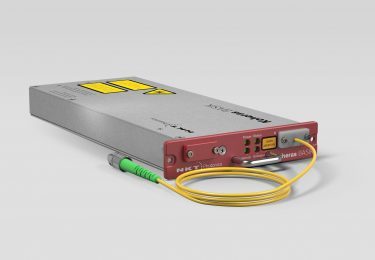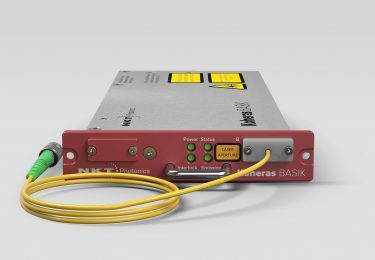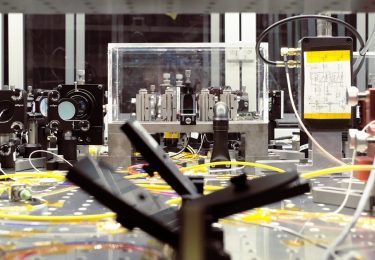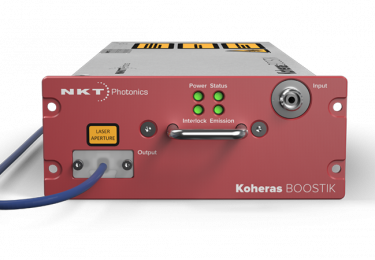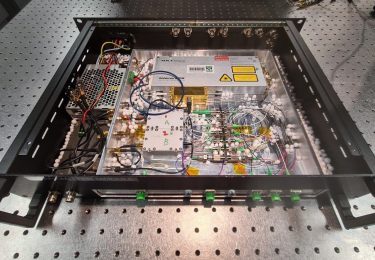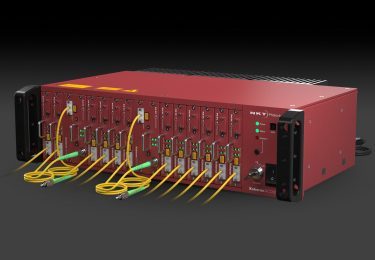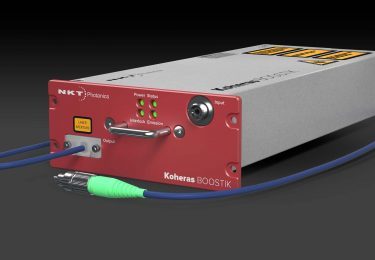Koheras BASIK – single-frequency fiber lasers
The Koheras BASIK single-frequency DFB fiber lasers are outstanding industrial low-noise Erbium and Ytterbium lasers. Get a low phase noise and a Hz-range linewidth typically only found in costly scientific systems.
The laser design ensures an inherent and robust single-frequency operation without any mode-hops. The footprint fits into the Koheras ACOUSTIK as a line card for multi-wavelength applications.

Key Features
Ultra-low phase noise, narrow linewidth
Stable single-frequency operation
Wide wavelength tuning
Integrated fast wavelength modulation
Industrial OEM packaging
Multi-channel system or stand-alone
This range of lasers is offered as compact modules typically for industrial OEM integration. It is also designed as a building block for our ADJUSTIK benchtop systems and the ACOUSTIK multi-channel systems. It is supplied with our user-friendly CONTROL software for the control and read-out of laser parameters on a PC such as wavelengths, output power, and RIN suppression.
Any interferometric use that requires high-frequency stability or a long coherence length will benefit from this type of laser technology. The typical applications are remote sensing, including seismic sensings, such as oil and gas exploration and exploitation, security (perimeter and pipeline detection), and structural pipeline monitoring.
Furthermore, the low-intensity noise of the lasers combined with the high spectral stability makes them ideal as sources for wind LIDAR systems used for the wind turbine and aerospace industry, as well as for interferometry laser vibrometry sensing systems.
Want more details?
If you want more details about phase noise, spectral linewidth, frequency stability, or how to wavelength tune your Koheras laser, we have some application notes for you.
Laser phase noise is a frequency-domain view of the noise spectrum around the laser signal. Read more about phase noise in single-frequency lasers.
Spectral linewidth is a measure of the spectral content of the laser light. Read more about linewidth measurement methods.
The laser’s frequency stability is often described in terms of its spectral linewidth. However, this term lacks detail about the laser frequency noise which is often critical in laser applications. Read the analysis of the laser frequency stability using beat-note measurements.

Specifications
tuning range3)
modulation range4)
1) Lorentzian
2) >47 dB (typ. > 52 dB) for non-PM version
3) Relative to center wavelength at room temperature. If the laser is operated in very cold or hot environments, this wavelength range is truncated on either the upper or lower side.
4) Default for X15 and Y10.
1) Module temperature



